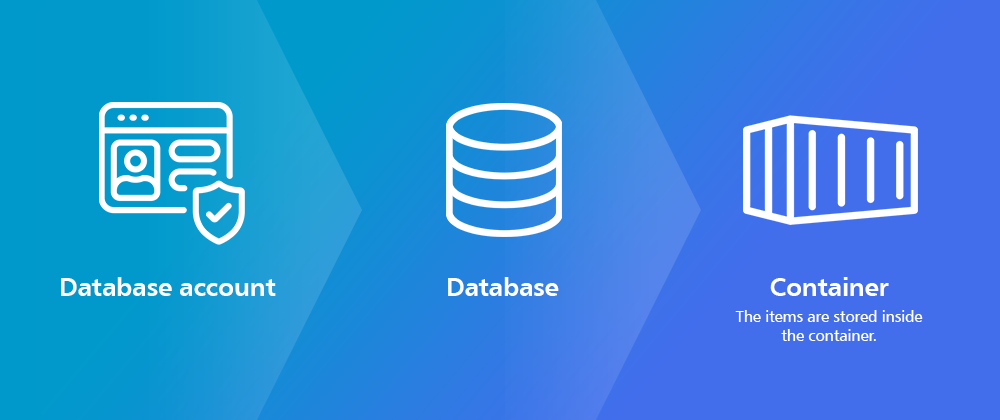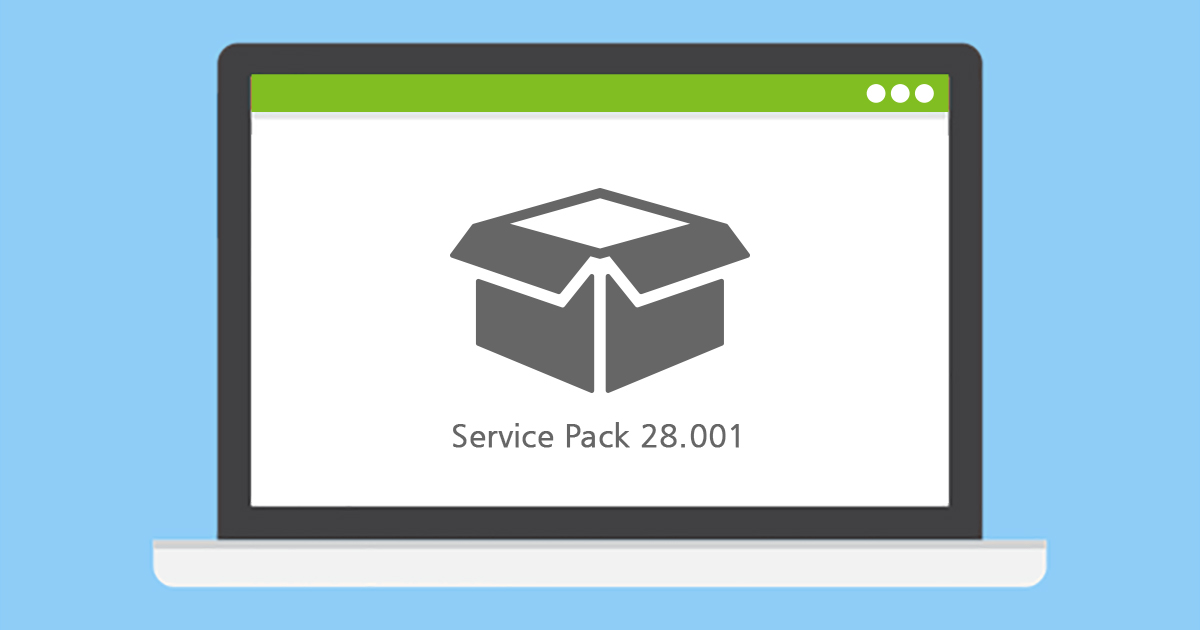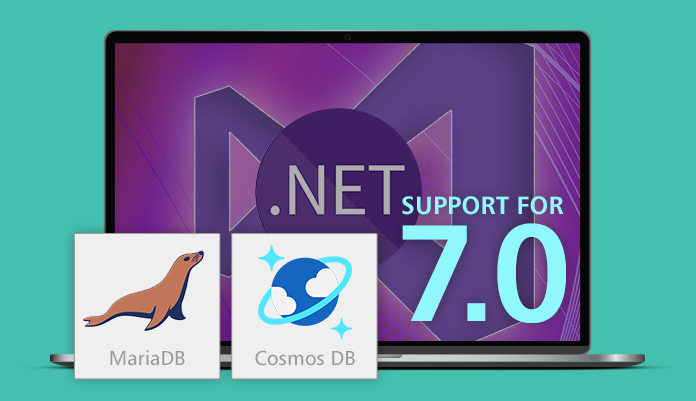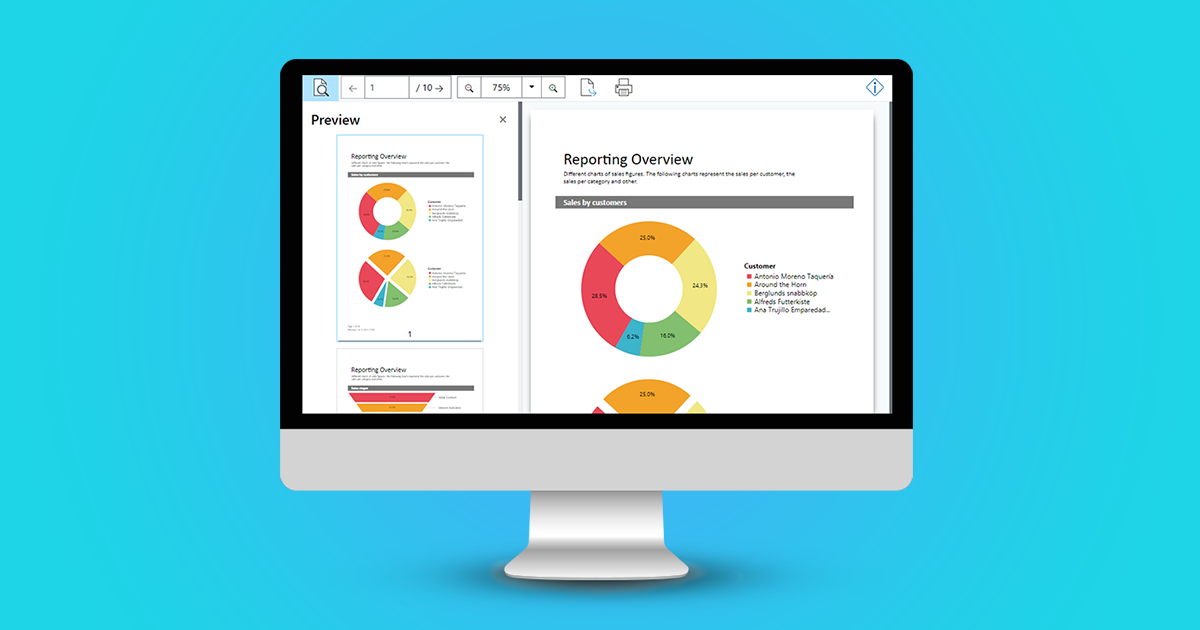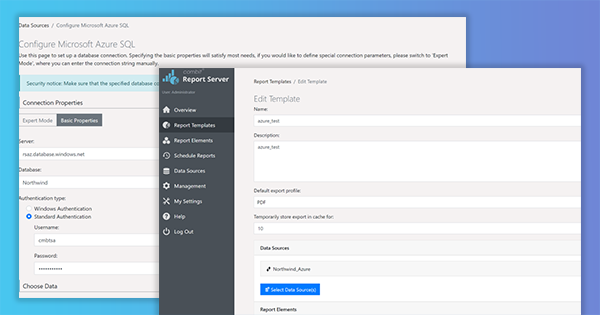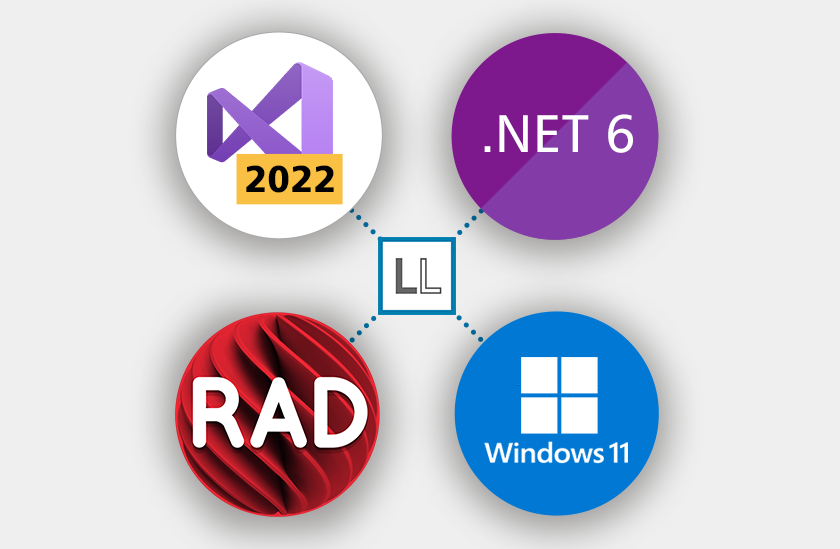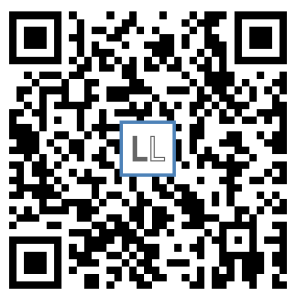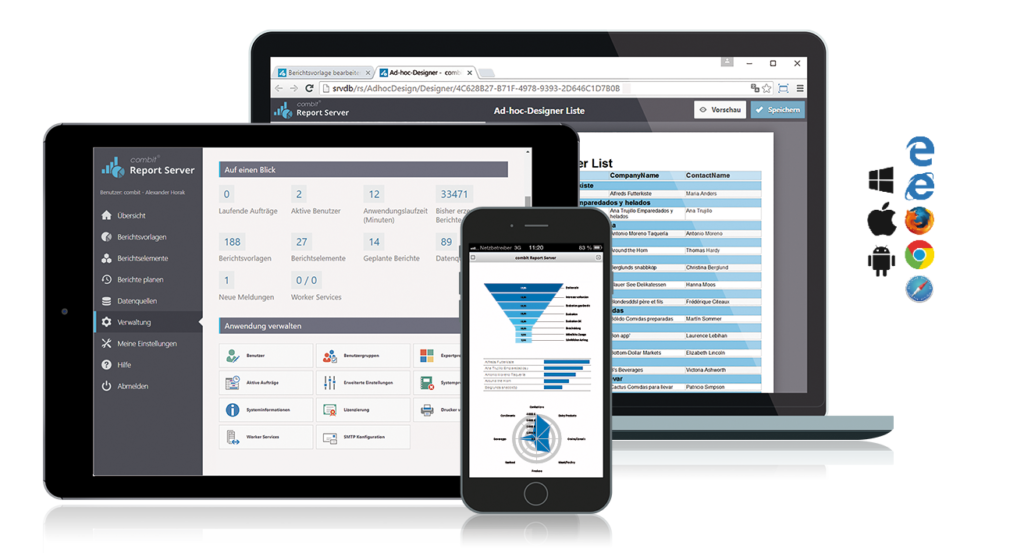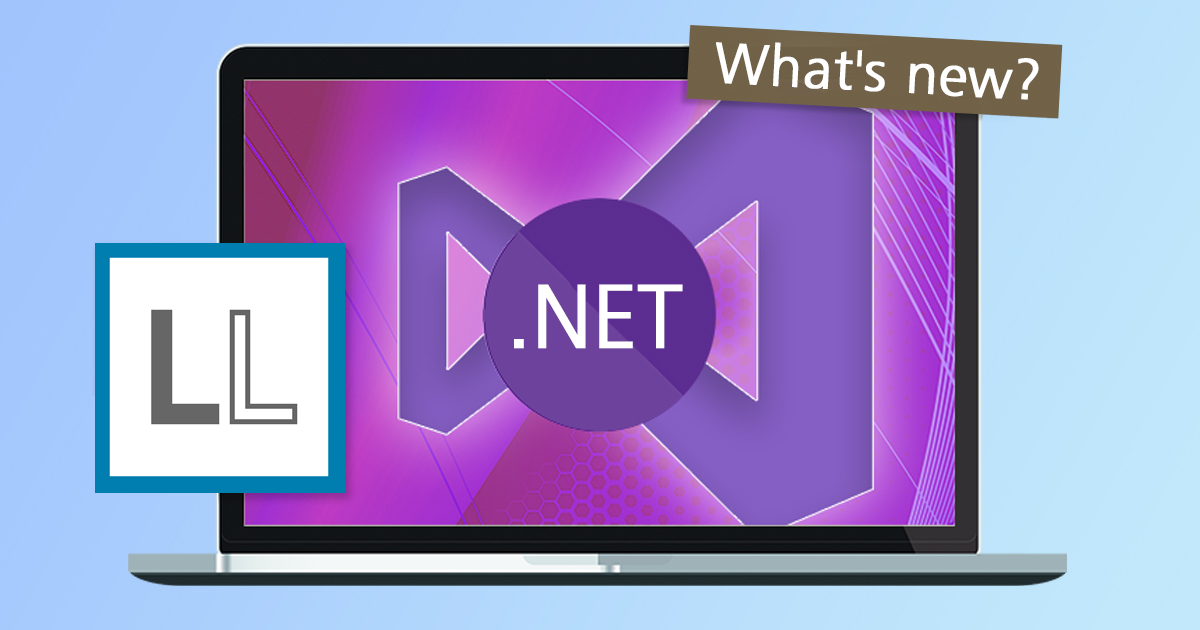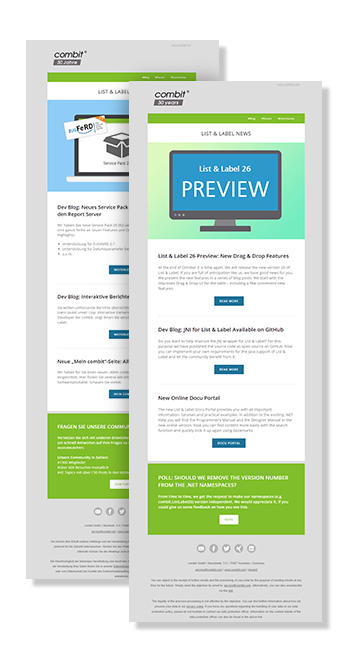New Data Provider for Azure Cosmos Database
Azure Cosmos DB is a fully managed Microsoft NoSQL database for modern app development, which is growing in popularity. Various APIs are available for connecting to Cosmos DB, as for example SQL API, Cassandra API or MongoDB API. Since we’re already able to connect to MongoDB or Cassandra through their own data providers, we’ll use the SQL API for the provider.
